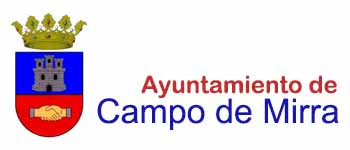Medieval deposit of the Castell d’Almizra
In the enclosure, located in the mount San Bartolomé, two types of construction are observed, the tapial of the linen cloth of the wall, of Muslim origin, and the basal sillarejo of the tower more typically Christian. The works carried out pursue two fundamental objectives: on the one hand the design of the spatial distribution, based on the uncovering of wall structures that would allow, together with the findings, the knowledge of the different functions of each sector and, in this way , it would help us to rebuild your plant. On the other hand, knowing the chronology of the place and its occupational evolution, this is achieved through the study of materials, especially ceramics, and the study of the strata.
The materials found show a settlement corresponding to the Bronze Age, handmade ovoid vessels, loom weights and hand mills, a settlement that is interrupted during the Iberian period and again a reoccupation showing the medieval materials. These are for the most part ceramic, although fragments of small bottles, jars and small glasses of glass, small objects of bone, and also of bronze and iron are also important. It is the common ceramics the most abundant, ataifores, phials, jars, jars, lamps, basins, lids, casseroles, stoves …
The decorations of the rest of the ceramic group correspond to incisions, laces decorated with fingerings and ungulations, painting, dry rope, printed green purple and scribed. All this material is very fragmented is under study a ceramic material of this last campaign, which could delay the end of the occupation of the castle to more modern dates. The stratigraphy shows in some places vestiges of fire, which must be paralyzed with the types of findings.
In medieval times there is the substitution of the Muslim conception of the castle as the unifier of the surrounding farmsteads, for the Christian one that used fortification to control the territory.
Hardly remains a tower of square base, disguised with a roof, to which the hermitage of San Bartolomé was added to him, in the hill of the same name. This tower dates from the 14th century, and for its construction, ashlars, basal ashlar and masonry, typically Christian materials were used. In its walls there are only two open windows and five windows blinded, four of them in the upper part, one on each side. From its interior this upper part resembles a pigeon house. The beams that support the roof are made of wood.
Location on the map

